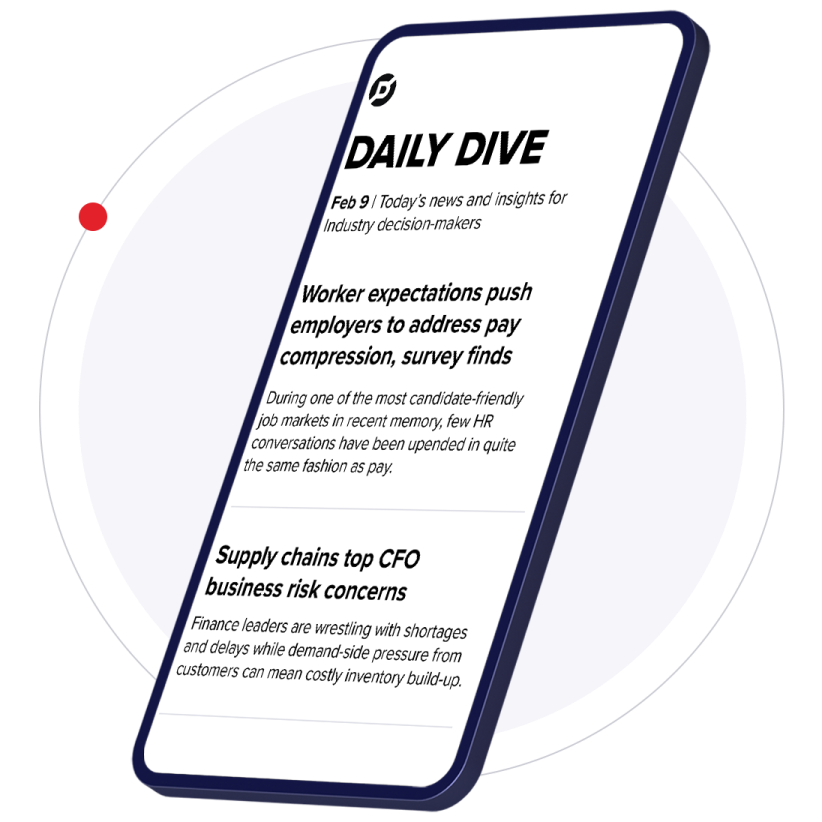By combining augmented reality and shopping technology for a first-ever activation on Snapchat last month, Jordan Brand successfully recreated basketball legend Michael Jordan's famous free throw line dunk in 1988, built excitement with fans at an event and quickly sold out of pre-release merchandise.
During a session at South by Southwest in Austin, TX, last week, executives from the brand's marketing team discussed the inspiration behind the groundbreaking strategy and how they were able to bring it together in a short period of time. The well-attended session highlighted not only the enduring interest in the iconic basketball star but also how marketers are trying to understand how they can quickly and successfully iterate on new tactics in the fast-paced mobile marketing space.
"We had done AR before but this was the first time you have a virtual statue of that iconic moment," Dan Harbison, global senior director for digital at Jordan Brand, told the SXSW audience.
"It was the first time you could drive a brand's e-commerce through Snapchat," he continued. "We're not just thinking about these as broadcast platforms, but social platforms and how do we drive that."
A unique vision of reality
When Jordan Brand learned that its Jumpman logo would, for the first-time, be featured on the jerseys at the NBA All-Star Game on Feb. 18, 2018, in Los Angeles, the marketing team recognized an opportunity to do something special and surprising for the brand's fans.
"We have a community that likes to be surprised so we knew that we had to come up with something that is underground," Harbison said. "We want to take care of people in the know and we weren't going to be above the line for this."
The marketing team, including members of the brand's agency R/GA, started riffing on ideas and hit on using AR because Los Angeles is itself a unique version of reality.
Knowing that 2018 is also the 30th anniversary of Jordan's famous jump that cemented his role as a legendary athlete, and hoping to inspire a similarly great moment for a digitally-savvy generation of fans, the team challenged everyone in the company — not just the marketing department — to dream up ideas about how to leverage AR with "what if…" serving as the only parameter. What bubbled to the top was what if the brand could recreate Jordan's famous leap in AR, make that moment shoppable and get any purchases into fans' hands quickly so they wouldn't have to wait two days for their shoes to be shipped to them.
The team realized it also wanted to recreate the communal experience of lining up in front of a store to wait for the first moment a coveted item goes on sale but do it in a way that leverages digital shopping while still building excitement.
The hard part
The next step was to create storyboards depicting what the promotion would look like in as realistic a way as possible so as to rally people around the concept. This step was necessary because the promotion would require buy-in across a number of departments, and required outside partners to address elements like AR, 3-D modeling, mobile commerce and fulfillment.
Some parts of the strategy came together easily.
In an example of how the program tried to merge the old with the new, the shoes that were to be sold, the Air Jordan III "Tinker," were created from a sketch in the brand's archives by the designer of the first Air Jordans. Another easy win was partnering with Snapchat, which is one of the first platforms to effectively execute AR at scale.
Shopify was a clear choice for powering the e-commerce store as it was integrated into the Snapchat platform following the launch of the app's own e-commerce store several weeks before the All-Star game. Dark Store, which is part of R/GA's accelerator program, was tapped to do the express delivery.
Jordan Brand also needed the athlete himself to sign off on the concept, which was easily achieved, per Harbison.
More challenging was figuring out how to bring the AR element to life. The original jump back in 1988 hadn't been photographed from enough angles to easily create a 360-degree representation so viewers on their phone could see a virtual Jordan in mid-air from all sides, including being able to walk underneath him. It helped that Jordan, as a well-known player, has been mapped many times. Specifically, help for completing the 3-D model was lent by the folks behind the NBA 2K video game series that has been simulating NBA games since 1999.
Bringing back the physical
On the day of the All-Star game, Jordan Brand billboards were set up around Los Angeles and a number of special events were held. The Snapchat activation was available only at an after-game party where a basketball court had been set up with covered backboards placed along the edges. Raising the question of what was on the backboards helped ensure people wouldn't just trickle through, but instead would gather as a group at the time when the sheets would be pulled down. At the designated moment, the sheets were removed, displaying sketches of the shoes and a jersey as well as a Snapcode.
Attendees who scanned the code could engage with a virtual Michael Jordan already in the air making his legendary leap. They could also purchase the merchandise immediately and have their order delivered the same day directly from the experience.
The available merchandise sold out in 20 minutes, pointing to how AR can drive mobile commerce.
"Snapchat had played around with commerce before," said Ben Williams, R/GA VP and executive creative director. "This brought to life the potential to explore the commerce experience and have fun with it.
It was an interesting combination of different technologies and platforms that gave us this new experience. That's what got everybody excited," he continued.
Another key to the success of the program, according to Harbison, is that it was closely tied to a physical experience, something Jordan Brand has been focusing on for the past year. For example, at the NCAA tournament last year, the Air Jordans sported by players could be purchased by attendees through the Nike SNKRS app before they became more widely available.
"We are bringing back the physical, which is so important to drive that journey," Harbison said. "I still want to make sure I am part of something important."






















